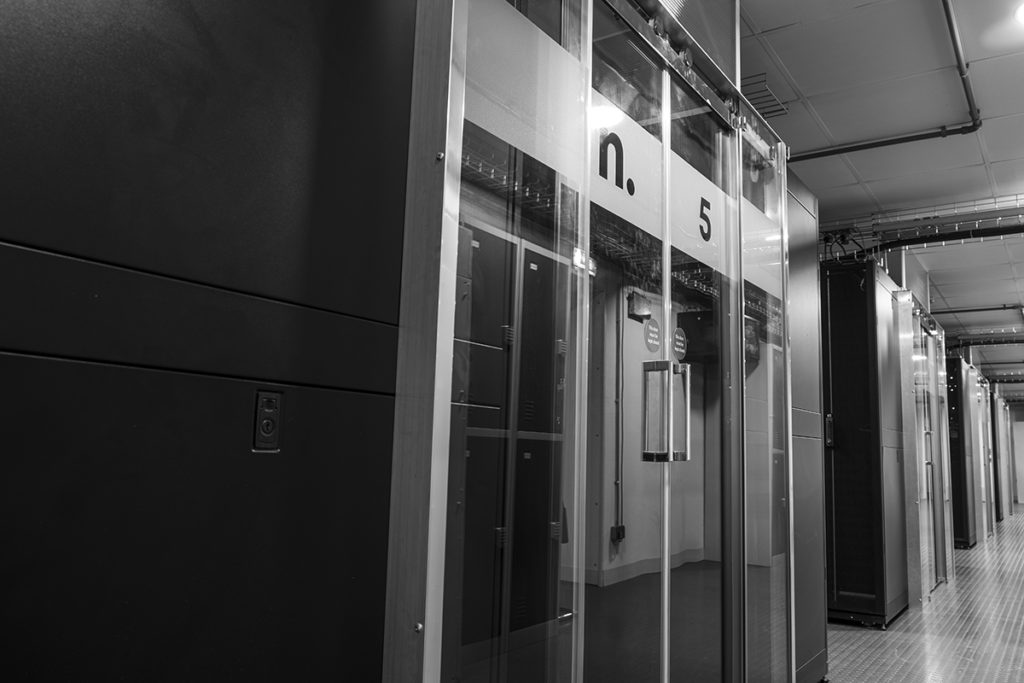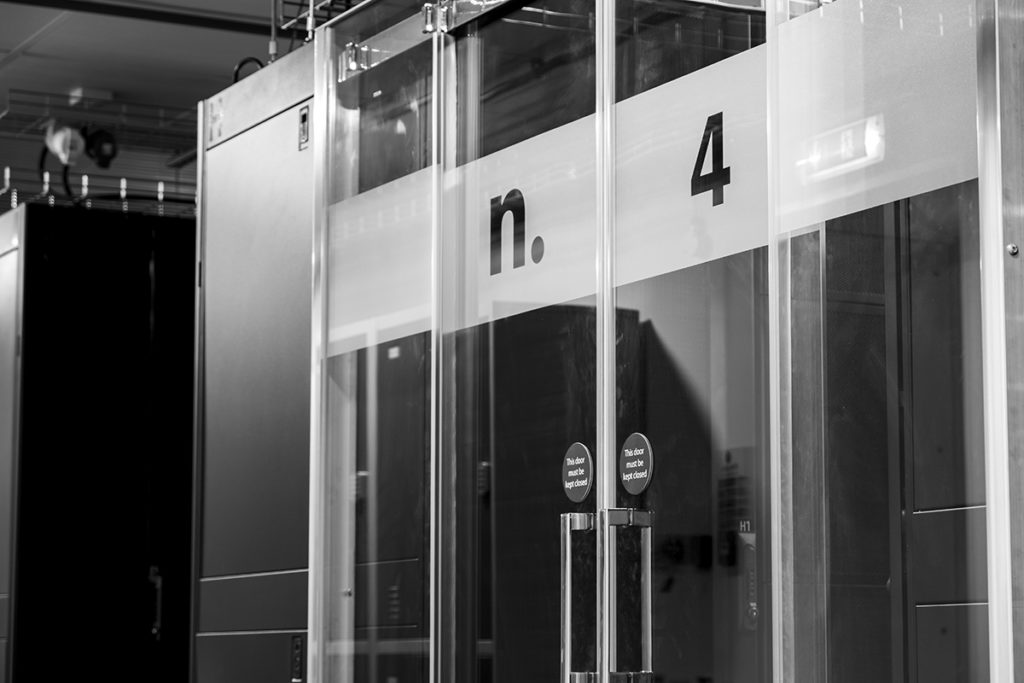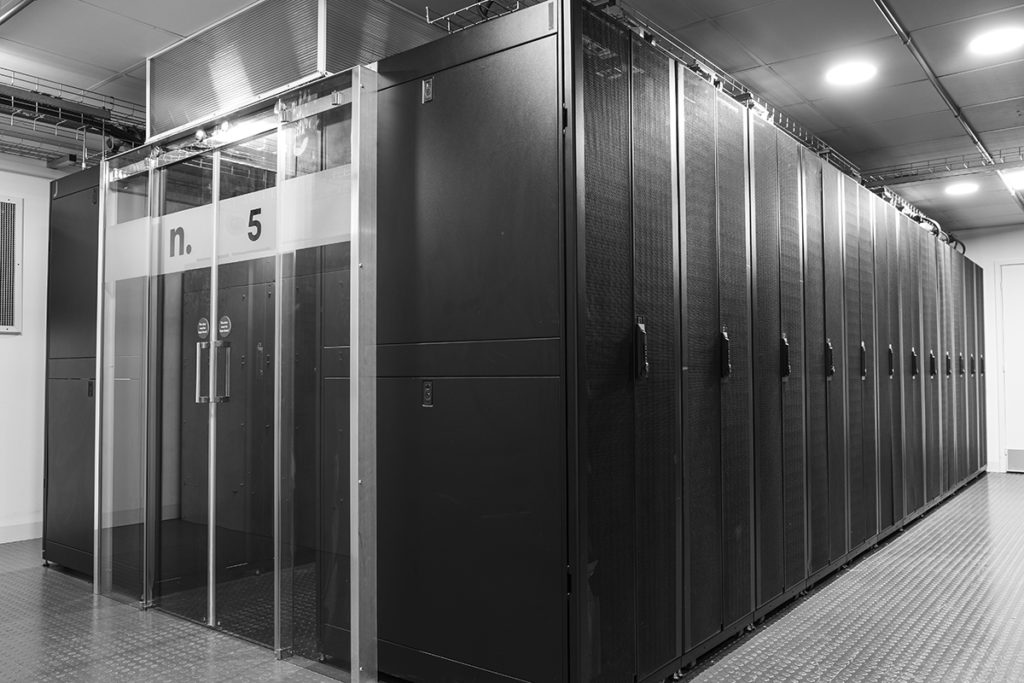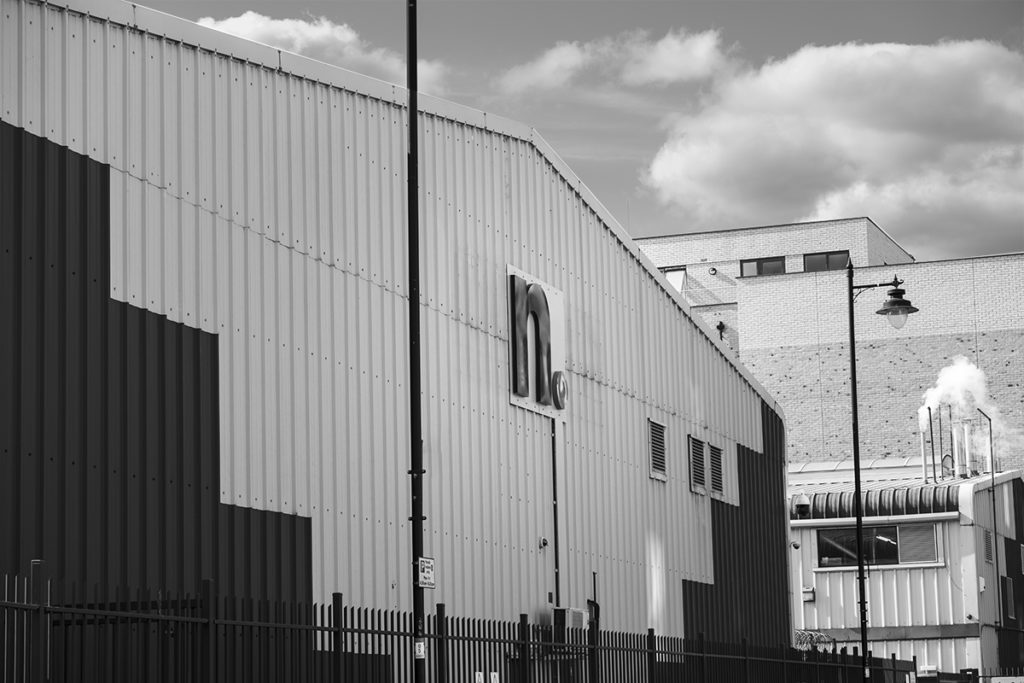As should always be the case for any growing enterprise, this year has unquestionably been our most successful to date. Here’s a look back at the year gone by; 2019 at Netwise.
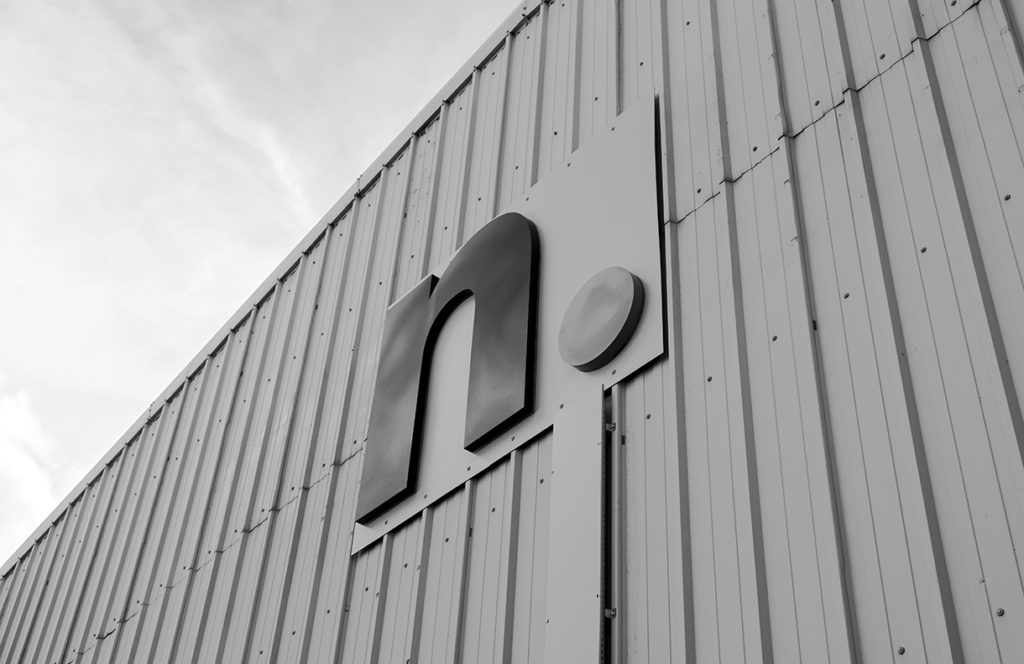
Investment continued unabated this year, in line with our steadfast approach to ongoing improvement across all aspects of the organisation. This includes works in both customer and non-customer facing areas, to ensure our London Central facility remains the premier choice for world-class colocation services in the capital.
We’ve also seen the greatest level of growth we’ve ever experienced in the on-boarding of new client projects, across both new entrants to our facilities and network, alongside the impressive continued growth enjoyed by our existing customers.
Notable projects from 2019 include:
- Deployment of Pods 4 & 5 – we took Data Hall 1 to 100% available capacity this year, with all five containment pods now online and servicing an exciting range of new and existing customers.
- Generator system expansion – in-line with growth experienced in our technical spaces this year, we undertook a major upgrade of our backup generator systems to ensure we maintain power delivery resilience as we continue to fill out our London Central facility.
- We rebranded – in the summer, we rebranded, dropping the ‘Hosting’ portion of our name and drastically evolving the look and feel of our organisation, to better suit our current position in the market.
- We turned 10! – this December, Netwise officially turned 10 years old, having incorporated in 2009. We celebrated in style at Swingers West End, with a wide range of customers, suppliers, family and friends!
- GitHub partnership – this year, we announced an exclusive and unique partnership with GitHub Education, bringing world-class colocation services to their famous Student Pack for the very first time.
- Cisco hardware on-site – we drastically expanded our on-site hardware stocks in 2019, now holding over 250 different Cisco model lines at our London Central facility, ready for immediate deployment both on-site and off-site.
- Team expansion – we undertook a complete reshaping of our out-of-hours team early this year, with five new engineers joining the extended workforce. We’ll also be welcoming new Technical and Sales Managers to the day team early next year.
- Connectivity growth – we now provide a wide range of connectivity services on our ever-growing metro network to a number of notable international carriers, including PCCW, RETN and IDE Group.
- The next stage – we’ve massively fleshed out plans for the next phase in our development cycle, as we look towards accelerated growth and expansion over the next three years – watch this space!
As you’d probably expect from looking at the above, we’ve also exceeded our performance targets for the year by considerable margin, which ensures the stable, reliable ongoing operation of your mission-critical data centre services.
This is an extremely important factor to bear in mind when deciding who best to work with on long-term projects of this nature. Providing this peace of mind to our clients is something we are hugely proud of.
Looking ahead
2020 is set to be a year of major change as we look to execute plans for the next stage of our growth strategy.
We’re hoping to publicly announce these plans early in Q1.
Alongside these sweeping expansion plans, we’re also looking forward to the excitement of business as usual here at Netwise; introducing a range of interesting new customers to our facility and network in 2020, a number of which have already been arranged for execution in Q1.
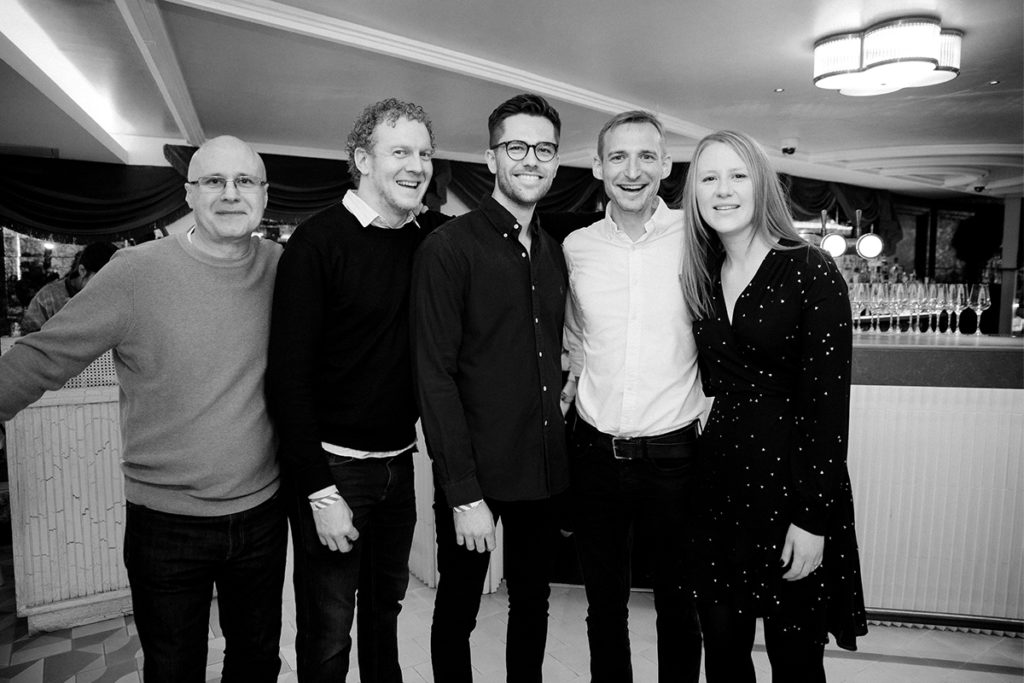
We’d like to wish all of our stakeholders a fantastic New Year, and a prosperous 2020. We look forward to sharing it with you.

